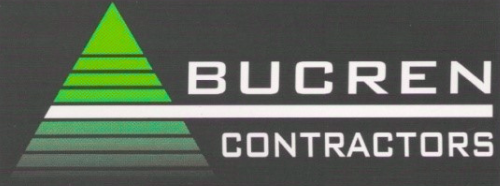Creating Functional Spaces: The Art of Partition Installations

In the dynamic world of interior design and architecture, the strategic use of partition walls serves as a fundamental tool for creating functional, flexible, and visually appealing spaces. Whether dividing open-plan offices, partitioning retail environments, or delineating private living areas, partition installations play a crucial role in optimising space usage and enhancing the overall usability of interior environments. In this article, we delve into the art of partition installations, exploring the various types, design considerations, and benefits they offer in creating functional spaces.
Types of Partition Installations:
1. Fixed Partition Walls:
• Fixed partition walls are permanent structures that provide structural support and visual separation between different areas of a space. They are typically constructed using materials such as drywall, glass, or wood, and can be customised to match the aesthetic and functional requirements of the environment.
• Fixed partition walls offer stability, privacy, and sound insulation, making them ideal for dividing large open spaces into smaller, more intimate areas. They can be floor-to-ceiling or partial height, depending on the desired level of privacy and openness.
2. Sliding Partition Walls:
• Sliding partition walls are movable panels or screens that slide along tracks to open or close off spaces as needed. They offer flexibility and adaptability, allowing users to reconfigure the layout of a space to suit changing needs and activities.
• Sliding partition walls are particularly well-suited for multi-functional environments such as conference rooms, classrooms, and event spaces, where the ability to quickly divide or expand space is essential. They come in a variety of materials, finishes, and configurations to match the design aesthetic of the surrounding environment.
3. Folding Partition Walls:
• Folding partition walls, also known as accordion or bi-fold walls, consist of interconnected panels that fold accordion-style to open or close off space. They offer versatility and convenience, allowing users to easily adjust the size and configuration of a room to accommodate different activities and group sizes.
• Folding partition walls are commonly used in residential settings, such as open-plan living areas, as well as commercial and hospitality environments, such as banquet halls and restaurants. They provide a seamless transition between open and closed spaces while maximising flexibility and functionality.
Design Considerations:
1. Aesthetic Integration:
• When designing partition installations, consider how they will integrate with the overall aesthetic of the space. Choose materials, finishes, and design elements that complement the existing architecture and interior design scheme, creating a cohesive and harmonious environment.
2. Functional Requirements:
• Identify the functional requirements of the space and tailor the design of partition installations to meet these needs. Consider factors such as privacy, sound insulation, lighting, and ventilation when selecting materials and configurations for partition walls.
3. Flexibility and Adaptability:
• Prioritise flexibility and adaptability in partition installations to accommodate changing needs and activities within the space. Choose movable or adjustable partition systems that can be easily reconfigured to create different spatial layouts and configurations as needed.
4. Structural Considerations:
• Ensure that partition installations comply with building codes and structural requirements to ensure safety and stability. Consult with structural engineers and building professionals to determine load-bearing capacity, seismic considerations, and other structural factors that may impact the design and installation of partition walls.
Benefits of Partition Installations:
1. Space Optimization:
• Partition installations allow for efficient space utilization by dividing large, open areas into smaller, more functional zones. They enable users to create separate work areas, meeting spaces, or living areas within a single space, maximizing usability and productivity.
2. Flexibility and Adaptability:
• Partition installations offer flexibility and adaptability, allowing users to reconfigure the layout of a space to suit changing needs and activities. They provide the versatility to create open, collaborative environments or private, enclosed spaces as required, enhancing the overall functionality of the space.
3. Improved Privacy and Acoustics:
• Partition installations enhance privacy and acoustics within interior environments by providing visual and sound separation between different areas. They help reduce distractions and create a more conducive environment for focused work, meetings, or relaxation, improving overall comfort and productivity.
4. Enhanced Aesthetics:
• Well-designed partition installations can enhance the aesthetics of interior spaces, adding visual interest and architectural sophistication. They serve as design elements that define spatial hierarchy, create focal points, and contribute to the overall ambiance and character of the environment.
Partition installations are a versatile and effective tool for creating functional, flexible, and visually appealing spaces in both residential and commercial settings. By carefully considering the type, design, and installation of partition walls, designers and architects can optimize space usage, enhance usability, and elevate the aesthetics of interior environments. Whether dividing open-plan offices, partitioning retail spaces, or creating private living areas, partition installations play a vital role in shaping the functionality and character of interior spaces.
